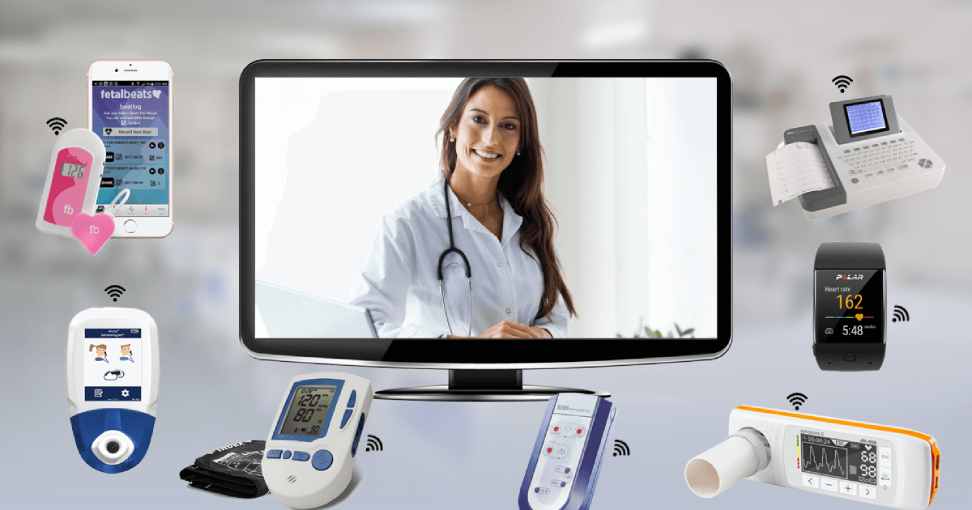Alphaexch247, Kabook Login, VL Book: Telemedicine offers a revolutionary approach to healthcare by allowing patients to connect with healthcare providers remotely. This method of virtual consultations eliminates geographical barriers, providing access to medical expertise regardless of location. Patients can receive quality care conveniently from the comfort of their homes, reducing the need for in-person visits and associated travel costs.
Furthermore, telemedicine enhances the efficiency of healthcare delivery by streamlining processes and reducing wait times. With the use of telecommunication technology, medical professionals can communicate with patients in real-time, enabling quicker diagnosis and treatment. This results in improved patient outcomes and a more personalized approach to healthcare.
Remote Patient Monitoring Technology
Remote patient monitoring technology has revolutionized the way healthcare providers can track and manage their patients’ health remotely. By utilizing various devices and sensors, healthcare professionals can continuously monitor vital signs, such as heart rate, blood pressure, and blood sugar levels, without the need for in-person visits. This real-time data enables early intervention and personalized care plans, ultimately improving patient outcomes.
Moreover, remote patient monitoring technology plays a crucial role in enhancing patient engagement and adherence to treatment plans. Patients become more involved in their health management as they can access their own health data and track progress over time. This increased level of accountability often leads to better treatment compliance and a more proactive approach to managing chronic conditions, resulting in fewer hospital readmissions and better overall quality of life for patients.
Improving Access to Healthcare Services
Tigerexch247, GX247, Mglionbet: Telemedicine has significantly enhanced the accessibility of healthcare services for individuals living in remote or underserved areas. In the past, these populations often faced barriers to receiving timely medical care due to geographical constraints or a lack of local healthcare facilities. With the advent of telemedicine, patients can now consult with healthcare professionals virtually, eliminating the need for long and arduous journeys to reach a clinic or hospital. This mode of healthcare delivery not only saves time and money for patients but also ensures that they receive timely and appropriate medical attention.
Remote patient monitoring technology plays a pivotal role in improving access to healthcare services by enabling healthcare providers to remotely monitor and manage patients’ health conditions in real-time. This technology allows patients to transmit vital health data, such as blood pressure readings or glucose levels, from the comfort of their homes to healthcare professionals for analysis. By using remote patient monitoring technology, healthcare providers can proactively intervene in case of any concerning developments, thereby preventing potential health complications and reducing the need for frequent in-person visits to a healthcare facility.
What are the benefits of telemedicine?
Telemedicine allows patients to access medical care remotely, reducing the need for in-person visits and improving convenience. It also can help patients in rural or underserved areas access specialized care.
How does remote patient monitoring technology improve access to healthcare services?
Remote patient monitoring technology allows healthcare providers to track patients’ vital signs and other health data in real time, enabling early intervention and proactive healthcare management. This can be especially beneficial for patients with chronic conditions who require regular monitoring.
What are some ways to improve access to healthcare services?
Some strategies to improve access to healthcare services include expanding telemedicine options, increasing the availability of mobile health clinics in underserved areas, and implementing programs to reduce healthcare disparities among different populations. Additionally, improving transportation options for patients can also help increase access to care.
Have A Look :-
- Russia’s Lunar Lander Crash On The Moon’s Surface
- Web Developer: Best Low-Stress, High-Pay Job in America?
- Best Vijay Kedia Portfolio Stocks – Hidden Gems For Long Term?





